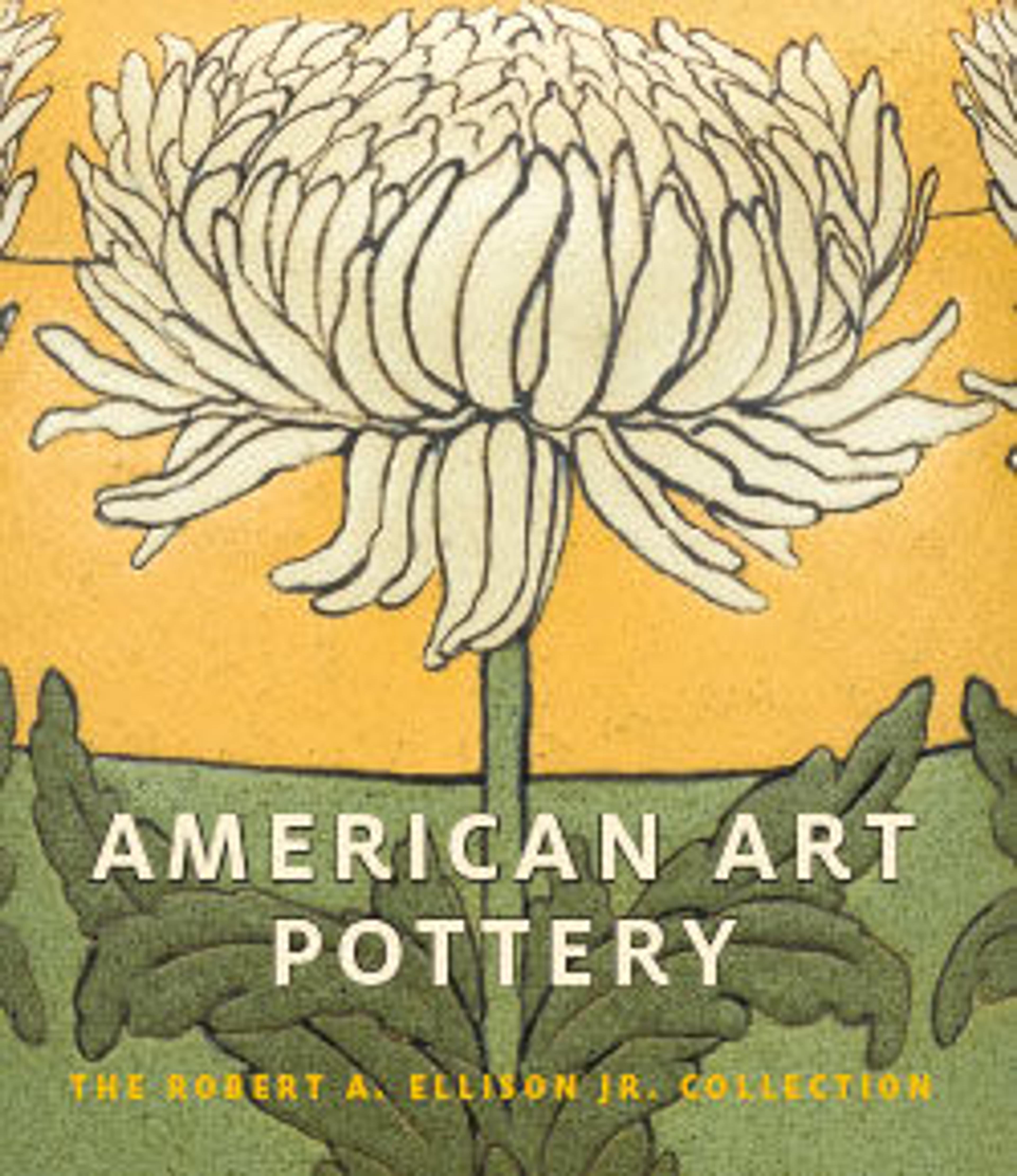Vase
Newcomb College of New Orleans is one of the earliest educational institutions to be associated with the Arts and Crafts Movement. It shared many of the movement’s concerns, such as creating opportunities for women in the arts. It was the brainchild of Ellsworth Woodward, who taught drawing and painting at Newcomb, and his brother William Woodward, professor at Tulane University, who was especially interested in developing a pottery program at the college. They hired Mary G. Sheerer, who had trained at both the Cincinnati Art Academy and the Art Students’ League in New York, as Instructor of China Decoration and Design, and she would exert an important influence on the direction of the pottery. Ultimately, Newcomb’s ceramic program was one of the most successful art potteries, and it enjoyed an almost fifty-year existence.
The Newcomb Pottery soon evolved a cohesive style. Although some of the early work occasionally utilized other colors— green, yellow, pink and lavender— a combination of blues and gray became the pottery’s distinctive hallmark. The distinctive subject matter was determined from the start by Woodward and Sheerer. Sheerer famously declared “the whole thing was to be a southern product, made of southern clays, by southern artists, decorated with southern subjects!” The vase also exhibits the influence of Arthur Wesley Dow and his Japanese-inspired approach to design.
As seen on this vase, conventionalized designs of nature, often highly abstracted and almost always composed in repeating patterns—dominated the pottery’s output. Dating 1902, the design of this vase is of upright lily pads and blossoms, separated by the doubled stems of the flowers, the whole creating a continuous, interlacing pattern. In its approach to conventionalized treatment of natural forms, it demonstrates the influence of Adelaide Alsop Robineau’s designs published in Keramic Studio. Robineau might have been referring to the design of this vase when she wrote of the “alternation of flower and bud, the stem making the connecting curves.”
The Newcomb Pottery soon evolved a cohesive style. Although some of the early work occasionally utilized other colors— green, yellow, pink and lavender— a combination of blues and gray became the pottery’s distinctive hallmark. The distinctive subject matter was determined from the start by Woodward and Sheerer. Sheerer famously declared “the whole thing was to be a southern product, made of southern clays, by southern artists, decorated with southern subjects!” The vase also exhibits the influence of Arthur Wesley Dow and his Japanese-inspired approach to design.
As seen on this vase, conventionalized designs of nature, often highly abstracted and almost always composed in repeating patterns—dominated the pottery’s output. Dating 1902, the design of this vase is of upright lily pads and blossoms, separated by the doubled stems of the flowers, the whole creating a continuous, interlacing pattern. In its approach to conventionalized treatment of natural forms, it demonstrates the influence of Adelaide Alsop Robineau’s designs published in Keramic Studio. Robineau might have been referring to the design of this vase when she wrote of the “alternation of flower and bud, the stem making the connecting curves.”
Artwork Details
- Title:Vase
- Manufacturer:Newcomb Pottery (1894–1940)
- Decorator:Marie Medora Ross (1844–1920)
- Date:1902
- Geography:Made in New Orleans, Louisiana, United States
- Culture:American
- Medium:Earthenware
- Dimensions:16 1/8 x 8 7/16 in. (41 x 21.4 cm)
- Credit Line:Gift of Robert A. Ellison Jr., 2017
- Object Number:2017.357.5
- Curatorial Department: The American Wing
More Artwork
Research Resources
The Met provides unparalleled resources for research and welcomes an international community of students and scholars. The Met's Open Access API is where creators and researchers can connect to the The Met collection. Open Access data and public domain images are available for unrestricted commercial and noncommercial use without permission or fee.
To request images under copyright and other restrictions, please use this Image Request form.
Feedback
We continue to research and examine historical and cultural context for objects in The Met collection. If you have comments or questions about this object record, please contact us using the form below. The Museum looks forward to receiving your comments.
